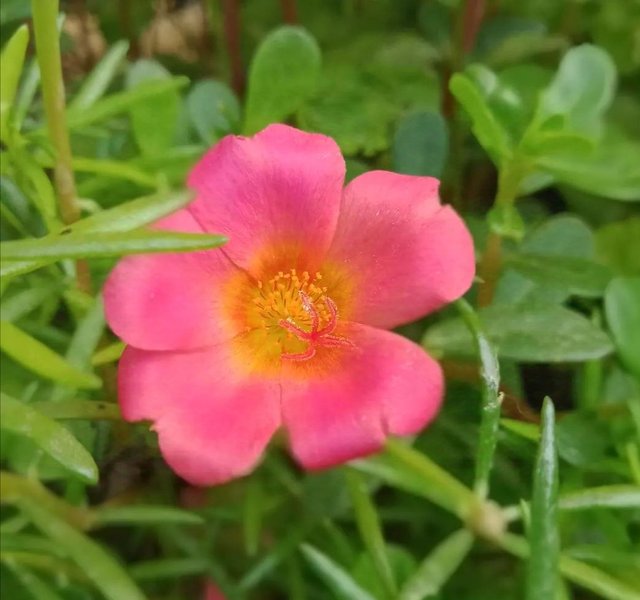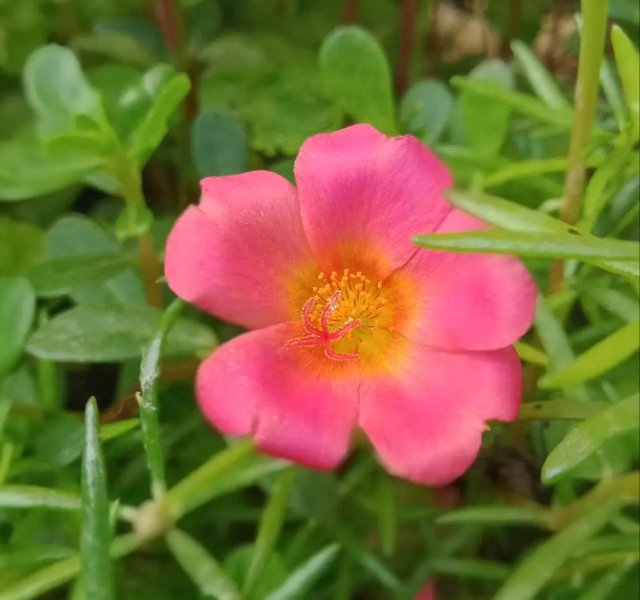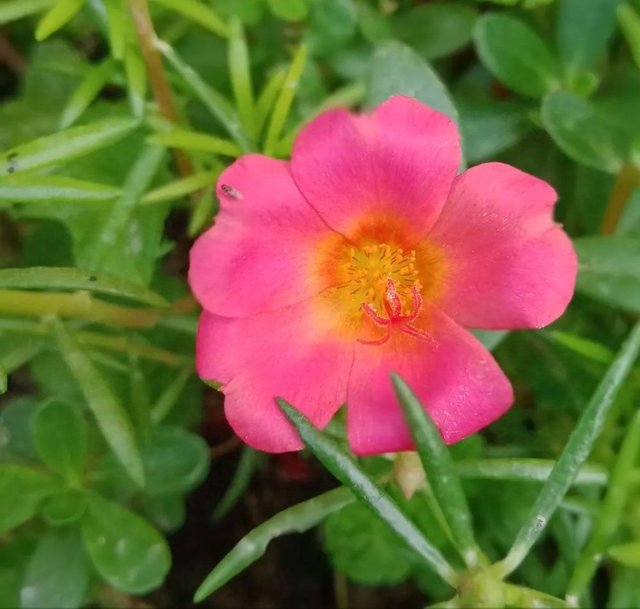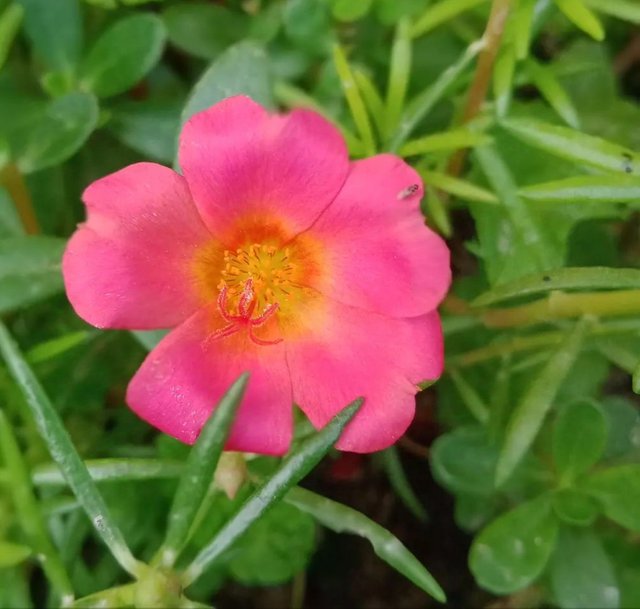So Beautiful Moss-Rose Purslane Flower
Moss-Rose Purslane: A Guide to This Colorful, Resilient Flower
Moss-Rose Purslane, scientifically known as Portulaca grandiflora, is a beloved ornamental plant that graces gardens, containers, and rockeries with its vibrant colors and tough, resilient nature. Commonly referred to simply as moss rose, this plant has earned a reputation for being low-maintenance and easy to grow, thriving in conditions that would challenge many other plants. With its showy, rose-like blooms and succulent-like foliage, it is both beautiful and practical, adding visual interest to the garden while tolerating drought and poor soil conditions.
A Glance at the Plant's History and Origins
Moss-rose purslane originates from South America, particularly the arid regions of Brazil, Argentina, and Uruguay. It belongs to the Portulacaceae family, which includes about 100 species of succulent annuals and perennials. Over the years, it has become widely cultivated across the globe for its adaptability and ornamental value. The plant was first introduced to European gardens in the early 19th century, where it quickly became a favorite for its ability to bloom profusely even in the poorest soils.
Physical Characteristics
Flowers
The most striking feature of moss-rose purslane is its flowers, which resemble miniature roses, hence the common name. The blooms come in a range of colors, including bright pinks, oranges, yellows, reds, whites, and even purples. Some varieties are bi-colored, adding even more visual interest. These flowers tend to be about 1 inch in diameter, opening up wide in the sunlight but closing at night or on cloudy days. Newer varieties have been bred to stay open longer, making them even more appealing for garden displays.
Foliage
The plant’s foliage is equally fascinating, though often overshadowed by the flowers. The leaves are fleshy, cylindrical, and succulent-like, resembling small needles or moss, which explains the "moss" part of its common name. This succulent feature allows the plant to store water, making it extremely drought-tolerant and well-suited to hot, dry environments.




Thanks For Reading
Device Information
| Device | Redmi Note 10 Pro |
|---|---|
| Lens | 64 mp |
| Location | Bangladesh |
